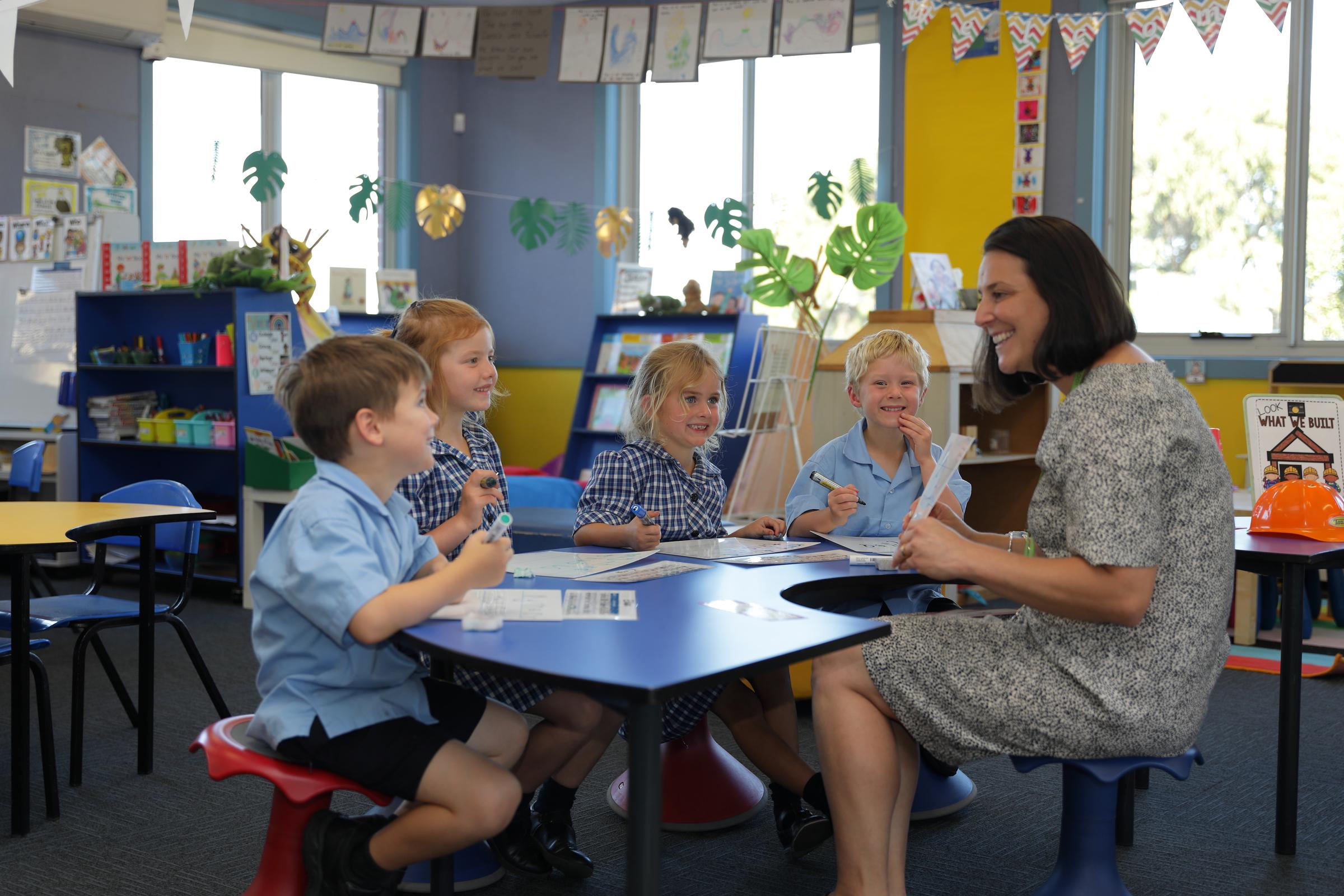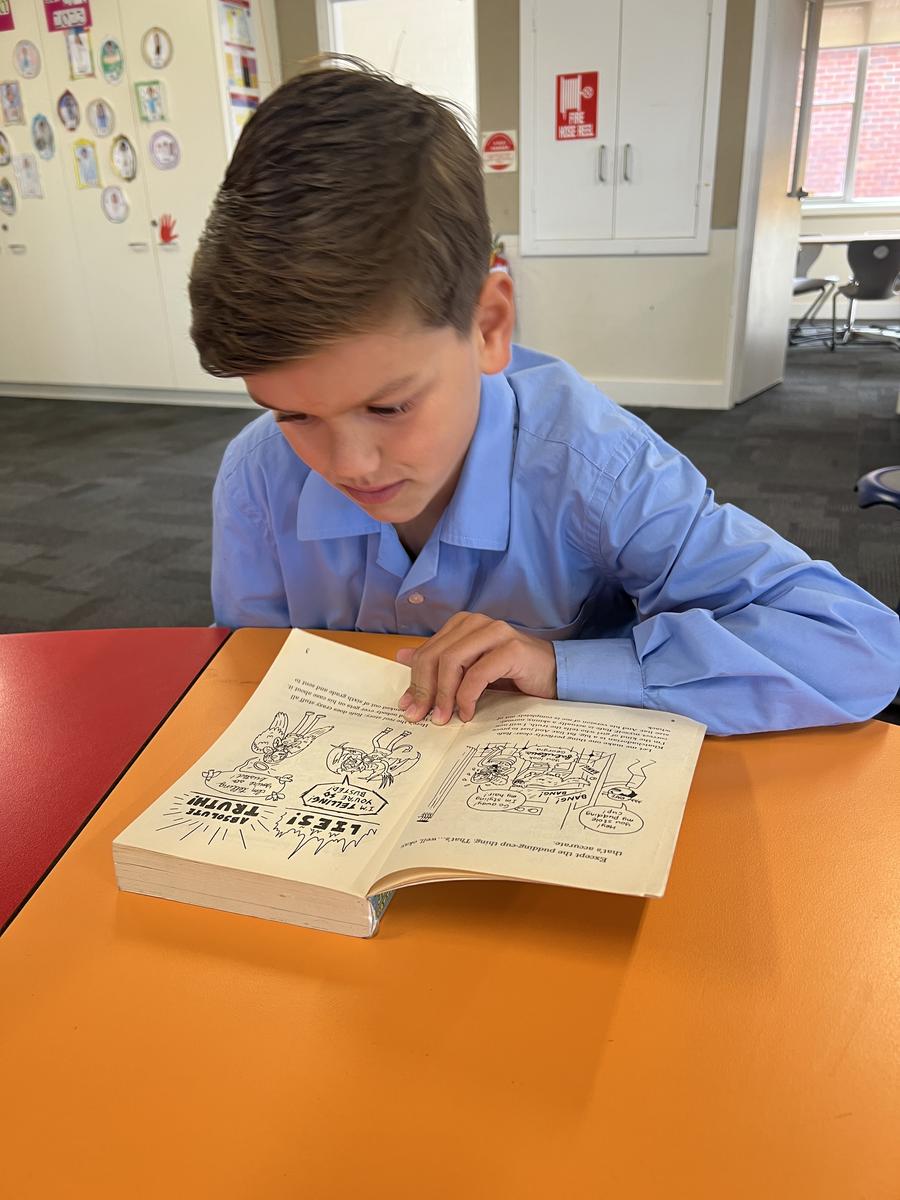Learning and Teaching

Literacy at St Joseph's
Dear Parents,
Our reading program in the Early Years which was implemented in 2017 is called InitiaLit. It is an evidence-based whole-class literacy program providing children with the essential core knowledge and strong foundations to become successful readers and writers. InitiaLit is a three-year program, covering the first three years of school (Foundation to Year 2). This program is showing pleasing results across the curriculum which shows with our NAPLAN results.
What our InitiaLit program looks like in the first three years of school (Foundation to Year 2)
- Whole-class teaching (ideally four times per week) using a detailed scripted lesson plan
- Explicit spelling instruction
- Small group and independent work (using targeted and differentiated activities to consolidate the teaching that has taken place during the whole-class lesson)
- Fluency through paired reading partners
- Storybook session where a storybook is used as a focus
In our middle and senior year levels we are following the principles of the Science of Reading (SoR) which is also evidence-based through a structured Literacy program introduced in 2022.
What structured Literacy could look like in the Year 3 – Year 6 classroom
- Daily literacy review
- Explicit spelling instruction moving beyond phonology into morphology, etymology and spelling conventions
- Fluency through paired reading partners
- Language instruction for reading comprehension and writing composition
- explicitly teaching all components of language (morphology, syntax, semantics and discourse level language)
- Storybook or novel session where they are used as a focus
- Reading and writing tasks embedded in units of work
Our writing program taught within all genres is based on ‘The Writing Revolution’ which is evidence-based and follows the following principles:
1. Students need explicit instruction in writing, beginning in the early grades.
2. Sentences are the building blocks of all writing.
3. When embedded in the content of the curriculum, writing instruction is a powerful teaching tool.
4. The content of the curriculum drives the rigor of the writing activities.
5. Grammar is best taught in the context of student writing.
6. The two most important phases of the writing process are planning and revising.
Some sentence building activities that we have being explicitly teaching are:
- Distinguishing between sentences and fragments
- Unscrambling scrambled sentences
- Using four sentence types (statements, questions, exclamations, and commands)
- Using conjunctions example: because, but, so
- Using subordinating conjunctions (although, unless)
- Combining sentences
- Expanding a sentence by adding details
Kind regards
Megan Barber
mbarber@sjsorrento.catholic.edu.au



